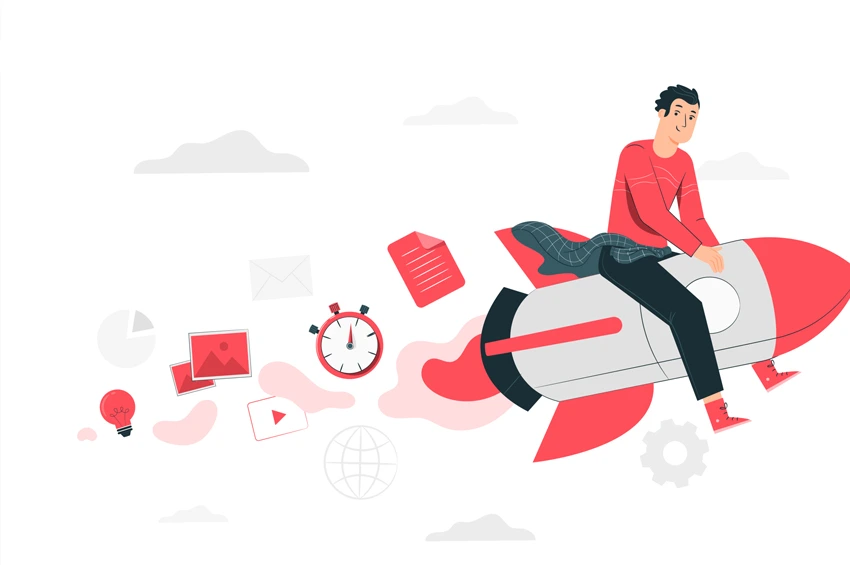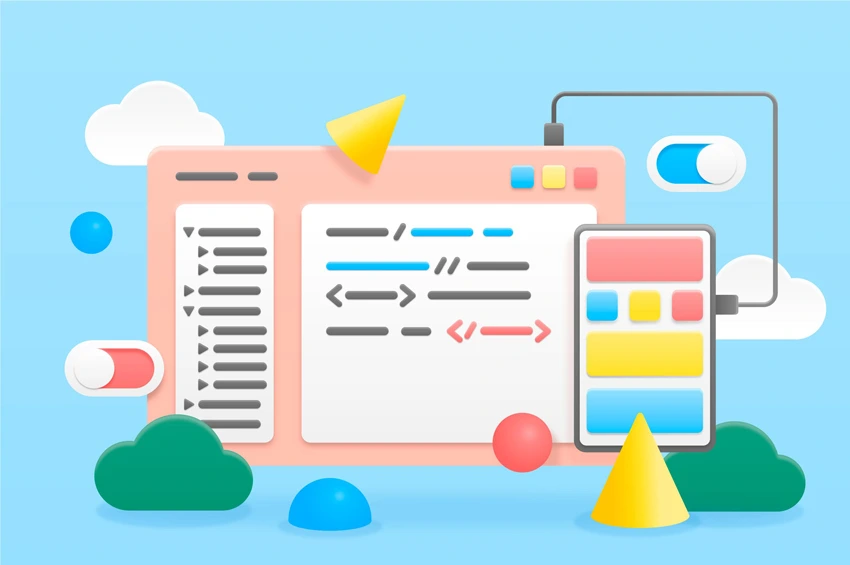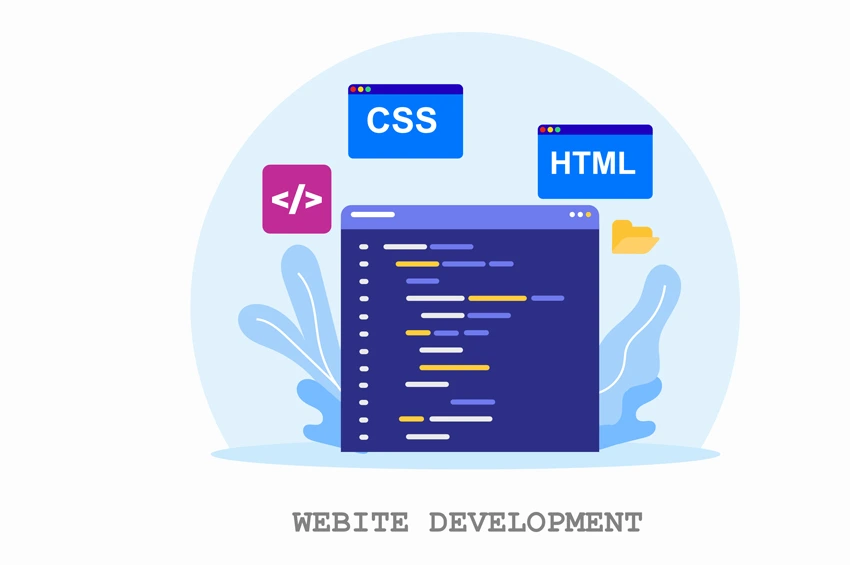- info@nextflytech.com
- +918800401238, +919650198046
- Working Hours : Monday- Friday, 09 am to 6pm
Quick Ways to Improve Page Loading Speed

Page loading speed is a crucial factor that affects both user experience and search engine rankings. Users have a short attention span and are often impatient, which means that slow loading times can lead to high bounce rates. Additionally, search engines prioritize fast-loading websites, which can impact SEO rankings.
The Significance of Page Loading Speed
In the digital landscape, the significance of page loading speed cannot be underestimated. With users having limited attention spans and a growing sense of impatience, it is crucial for websites to prioritize the speed at which their pages load. Slow-loading pages not only frustrate users but also contribute to higher bounce rates, as visitors are more inclined to abandon a website that fails to load promptly.
Furthermore, page loading speed plays a vital role in search engine optimization (SEO). Search engines, like Google, consider the loading speed of web pages as a ranking factor. Websites that load faster are more likely to rank higher in search results, resulting in improved visibility and increased organic traffic.
- There are several factors that can affect the loading speed of a webpage. One important factor is the size and format of the images used on the page. Large image files can slow down the loading time, so it's important to choose the right file format and compress the images without sacrificing quality. Another factor is the server response time, which can be improved by upgrading hosting plans or using a Content Delivery Network (CDN). Browser caching is also crucial for faster loading speed, as it allows the browser to store static resources and reduce the number of HTTP requests.
- Optimizing images is an essential step in improving page loading speed. By choosing the appropriate file format, such as JPEG or PNG, and compressing the images without compromising their quality, you can significantly reduce their file size and enhance loading speed. Additionally, using responsive images that adjust to different screen sizes can improve the overall user experience.
- Server optimization techniques can also contribute to faster page loading speed. Upgrading hosting plans to a more powerful server can handle increased traffic and improve response time. Implementing a Content Delivery Network (CDN) can distribute website content across multiple servers, reducing the distance between the user and the server and improving loading speed. Minimizing HTTP requests by combining multiple style sheets and scripts can also enhance page loading speed.
- Leveraging browser caching is another effective strategy for improving page loading speed. By explaining browser caching to users and setting expiration dates for static resources, you can ensure that the browser stores and retrieves certain elements from the cache instead of making new requests to the server. Utilizing cache-control headers can also help in controlling how long resources are cached.
- Minimizing HTTP requests is crucial for faster page loading speed. Combining multiple style sheets and scripts into a single file can reduce the number of requests made to the server. Similarly, reducing the number of images used on a webpage can also minimize HTTP requests. Asynchronous loading of scripts can further optimize page loading speed by allowing scripts to load in the background without blocking other elements from loading.
- CSS and JavaScript optimization techniques can significantly improve page loading speed. Minifying code by removing unnecessary characters and spaces can reduce file size and improve loading time. Eliminating unnecessary code can also enhance performance. Additionally, deferring the loading of non-essential scripts can prioritize the loading of critical elements, improving the overall speed of the page.
- Mobile optimization is essential for improving page loading speed on mobile devices. Responsive design ensures that the webpage adapts to different





